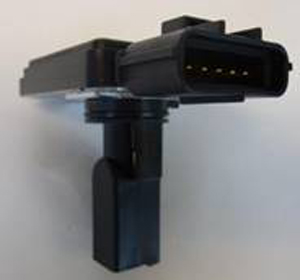 Delphi has added three new Mass Air Flow (MAF) sensors to its engine management portfolio covering more than 8.3 million Toyota and Nissan vehicles from 1997 to present. Part numbers include AF10062 and AF10141.
Delphi has added three new Mass Air Flow (MAF) sensors to its engine management portfolio covering more than 8.3 million Toyota and Nissan vehicles from 1997 to present. Part numbers include AF10062 and AF10141.
Delphi MAF sensors are built with all-new components, not remanufactured parts. All parts are tested and calibrated to OE standards using OE equipment in U.S. facilities, according to Delphi.
Delphi says the design of its MAF sensors eliminates the need for an additional flow tube, helping shops reduce inventory and shelf space and eliminate the hassle of remanufactured cores. Shops receive Delphi Mass Airflow Sensors in a plastic clamshell, which helps protect the sensing elements from damage. All Delphi MAF sensors come with a drill bit and tamper-proof screws to assist with installation.
When a Delphi MAF sensor is used in combination with a Delphi oxygen sensor, the engine’s air/fuel ratio can be controlled much more accurately, the company adds. All of these functions ensure accurate air/fuel ratio for optimal engine performance.
Inventory is available now. Visit go.delphi.com for specific part information.













